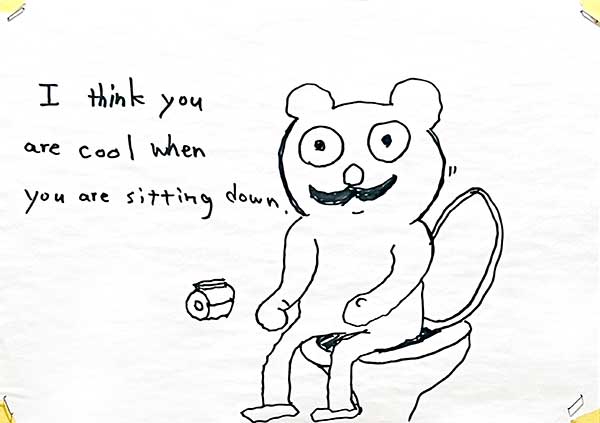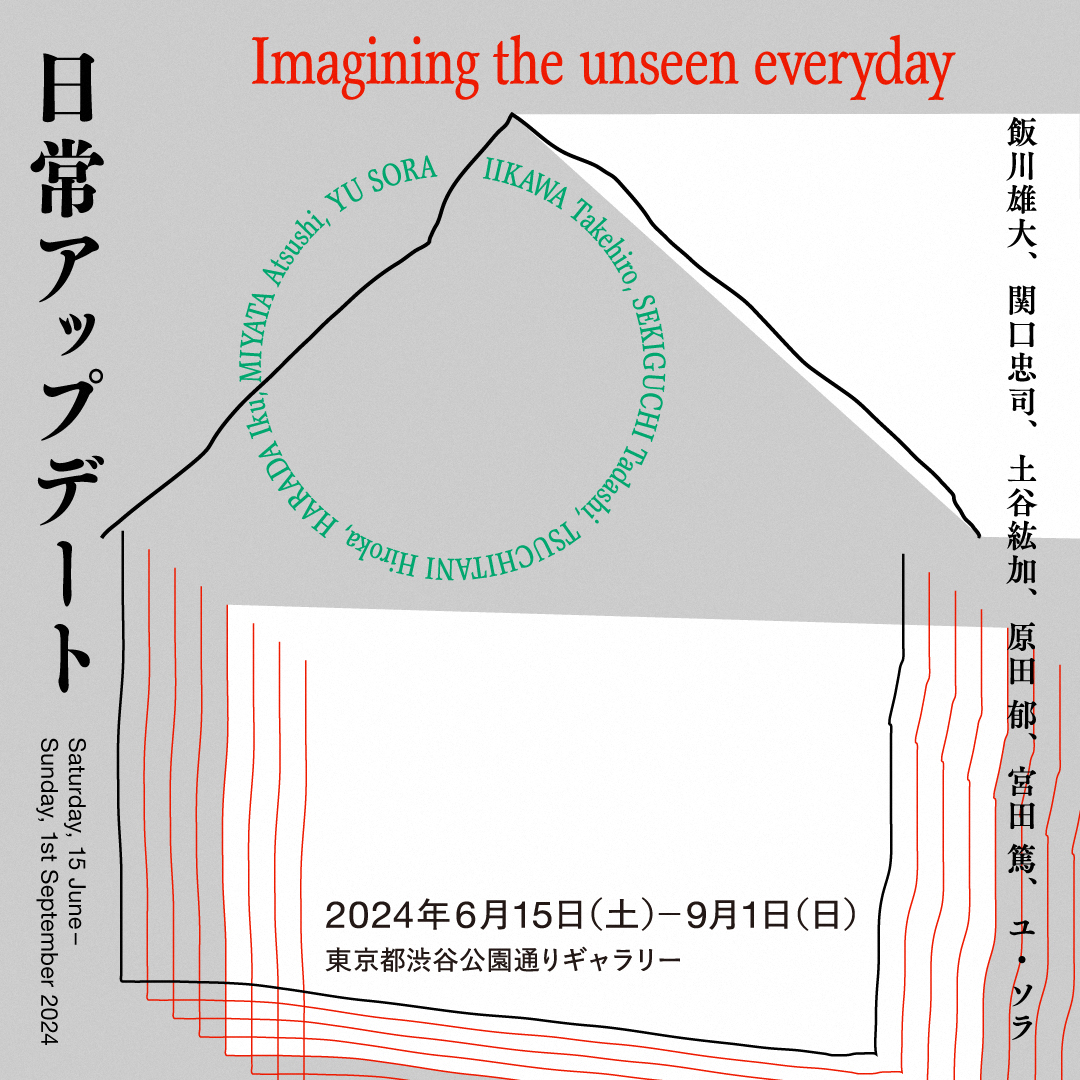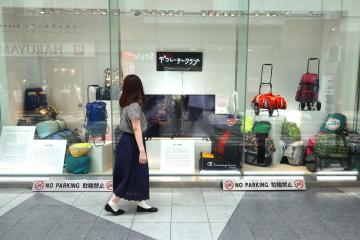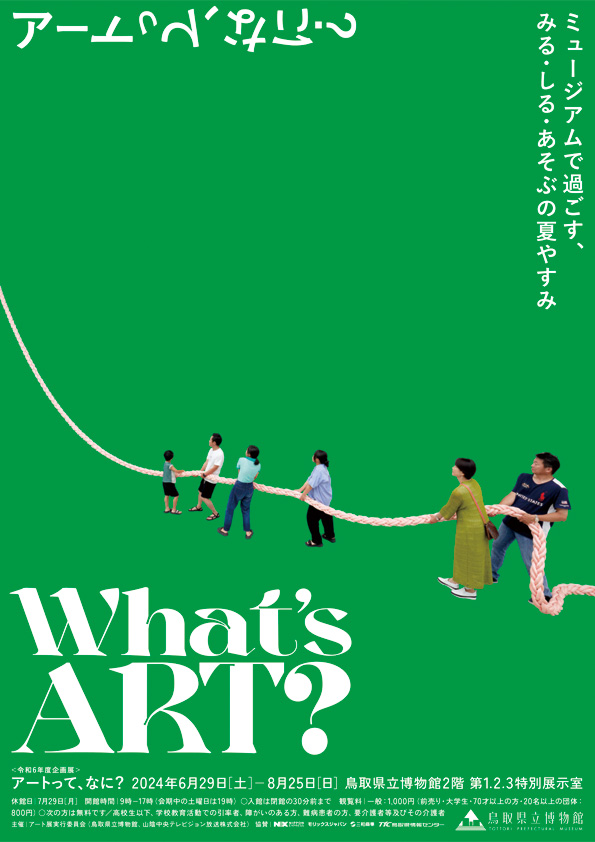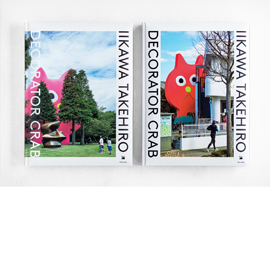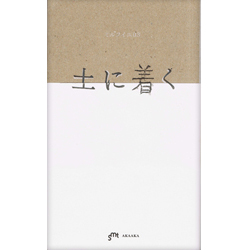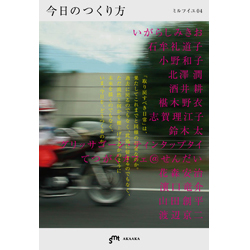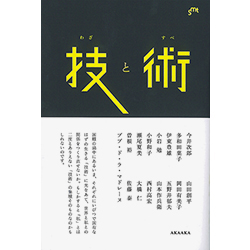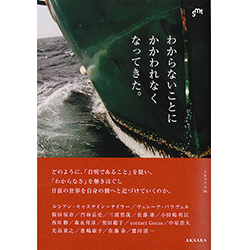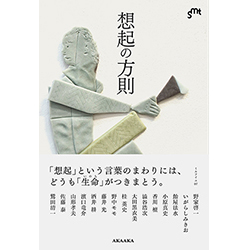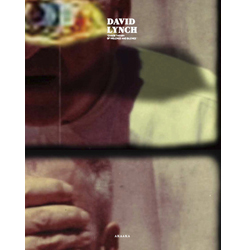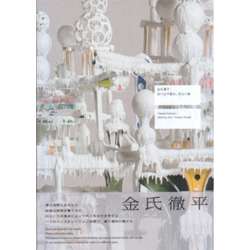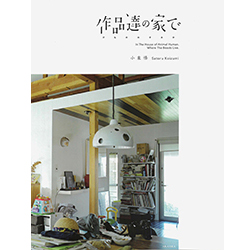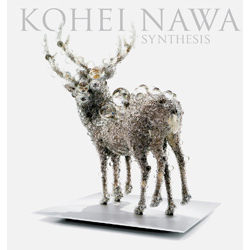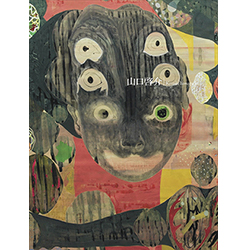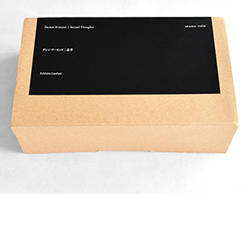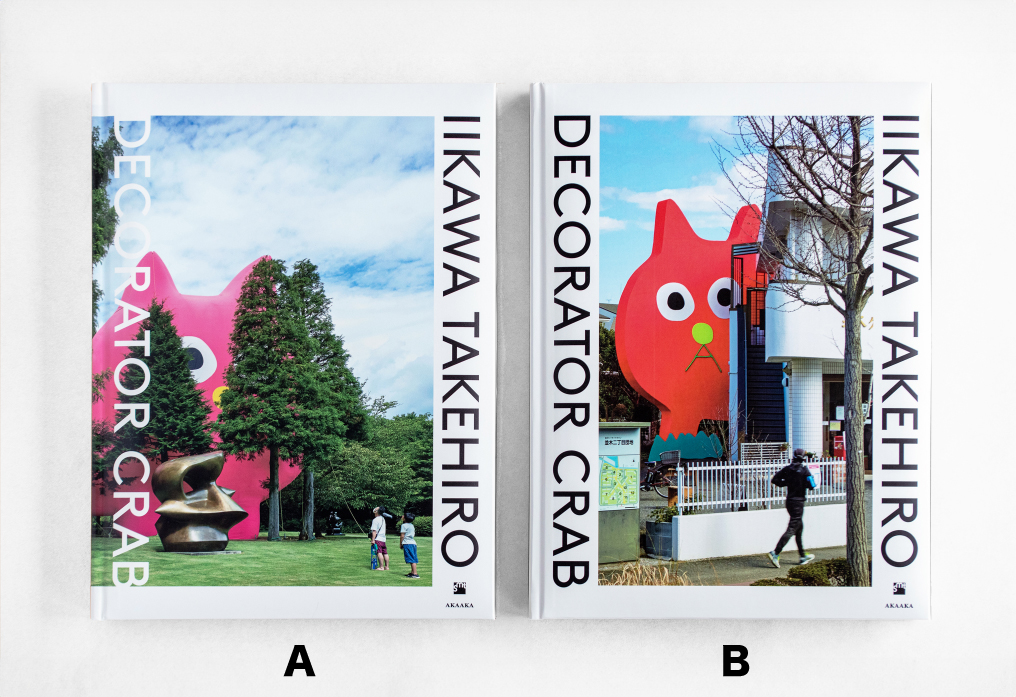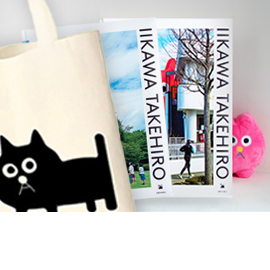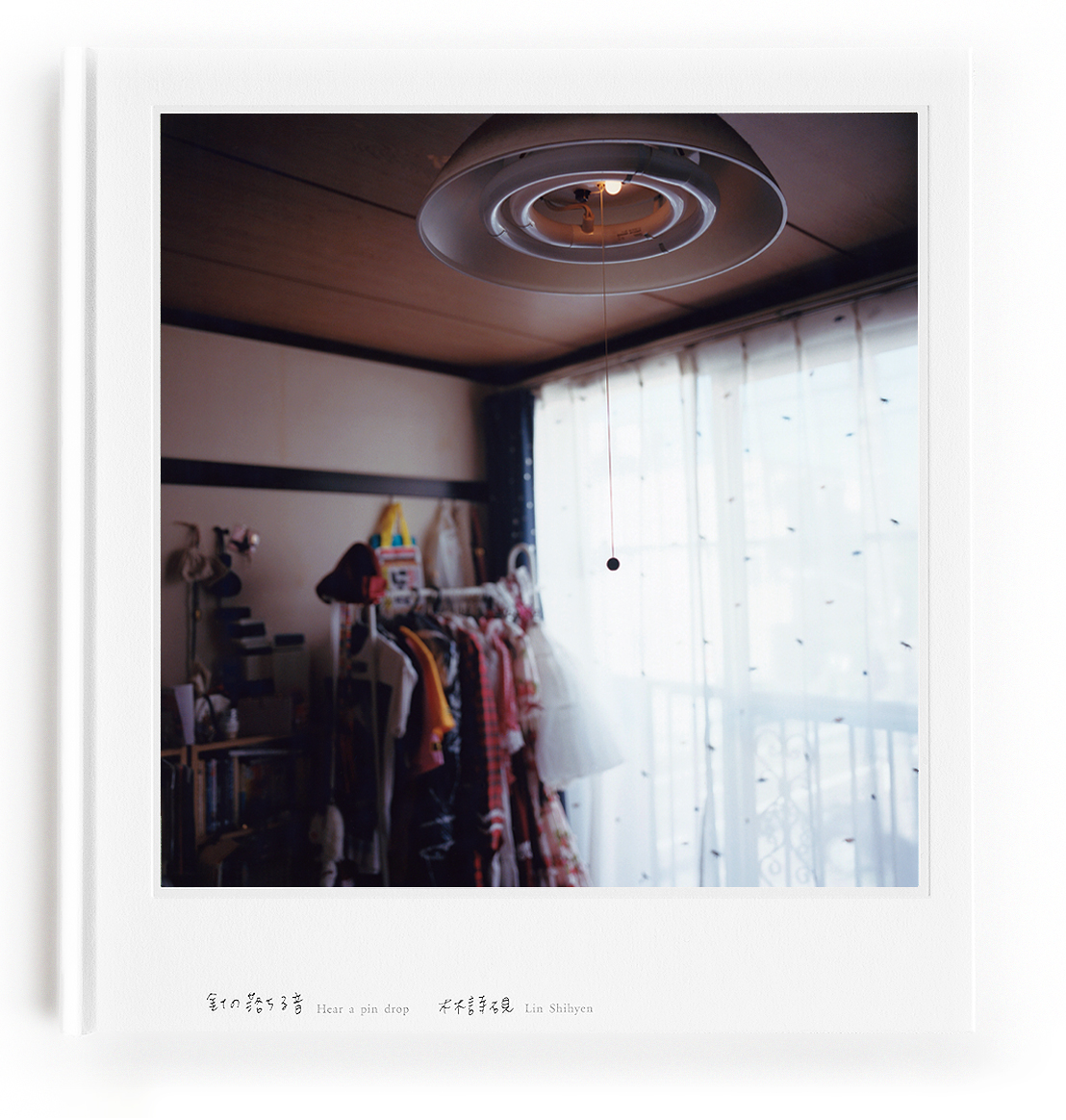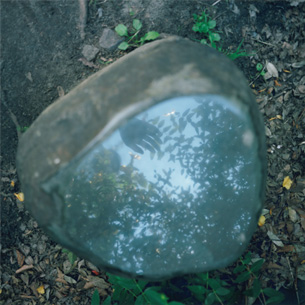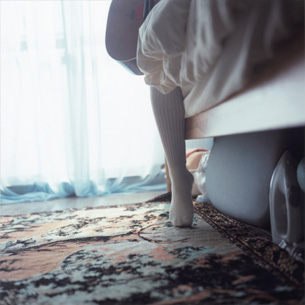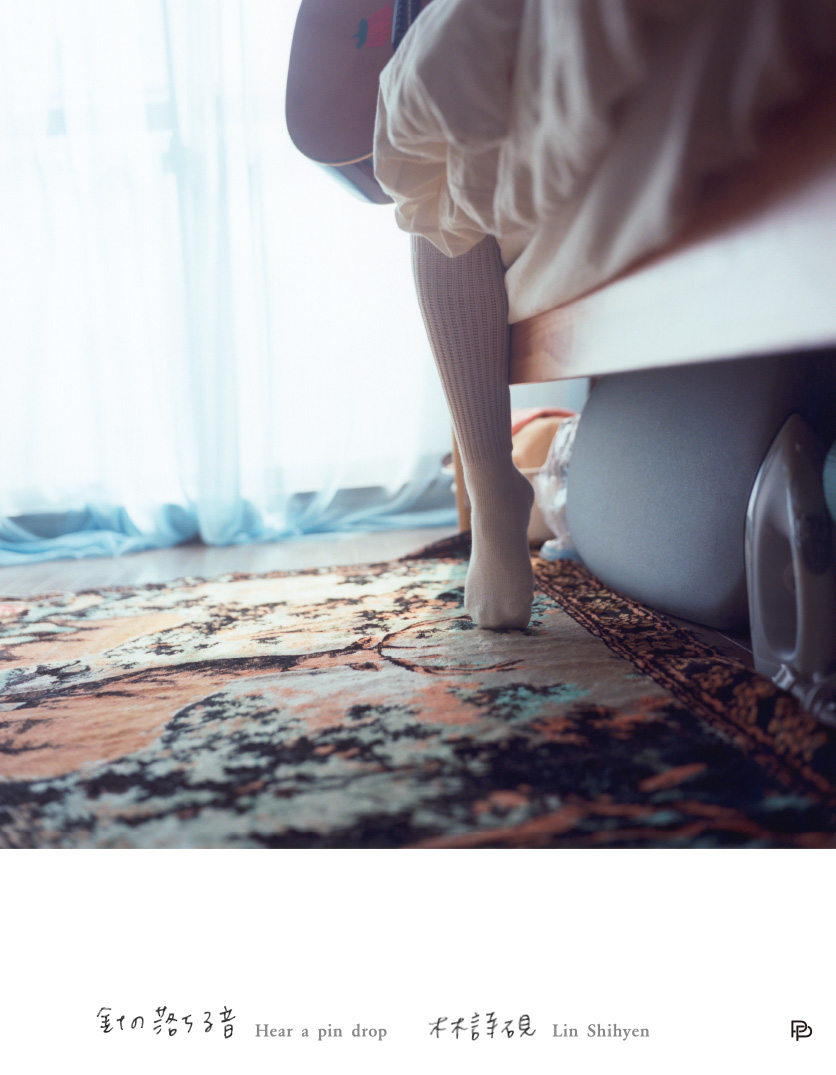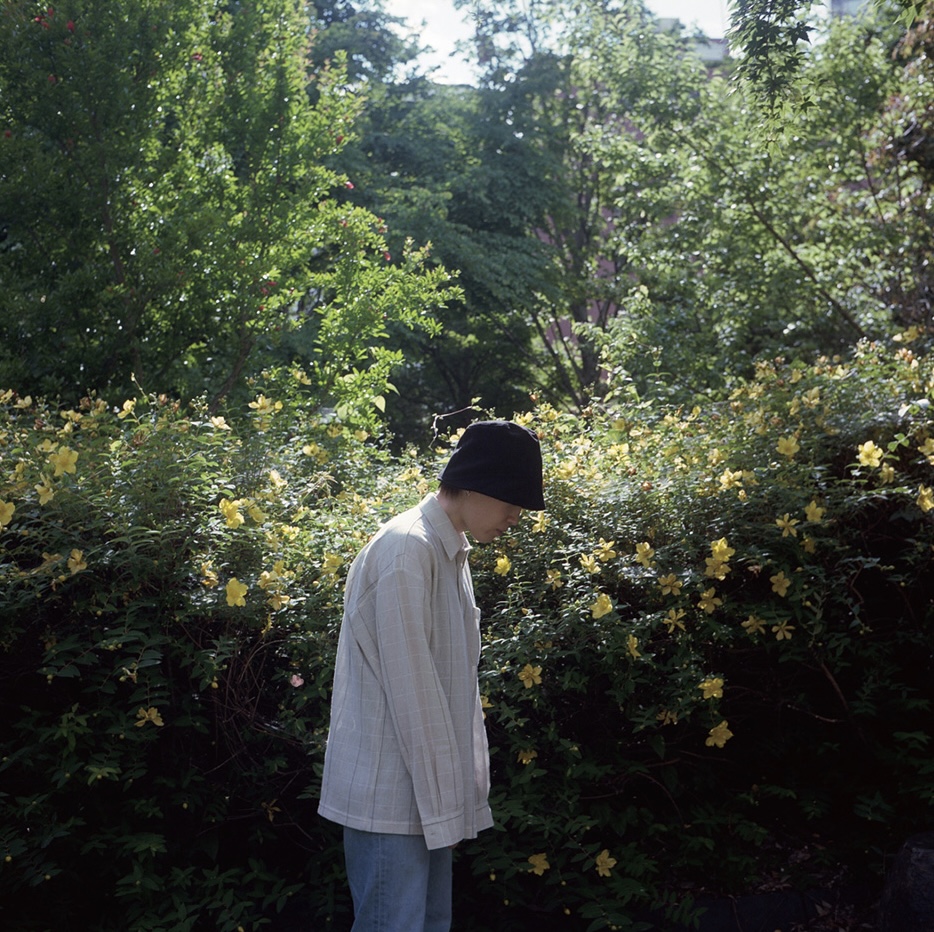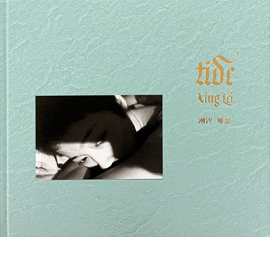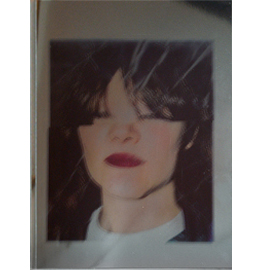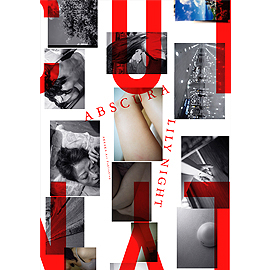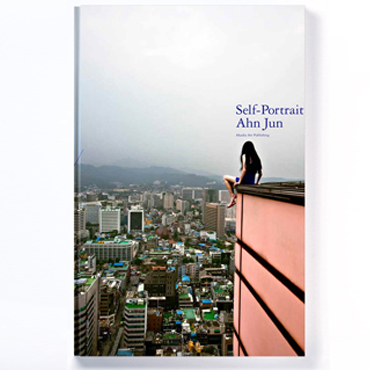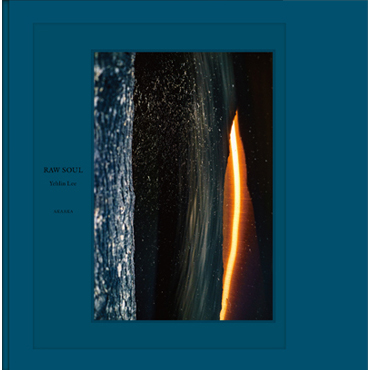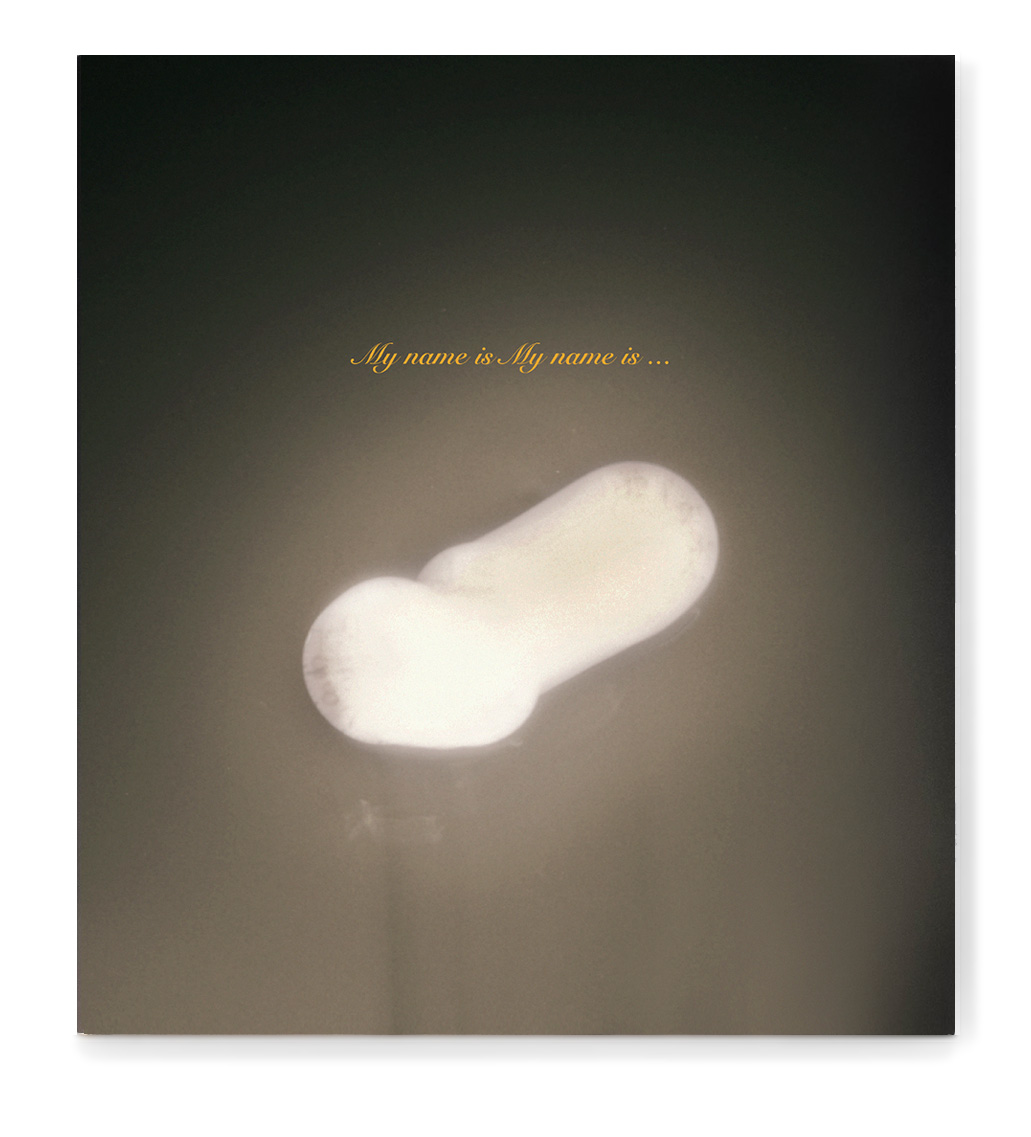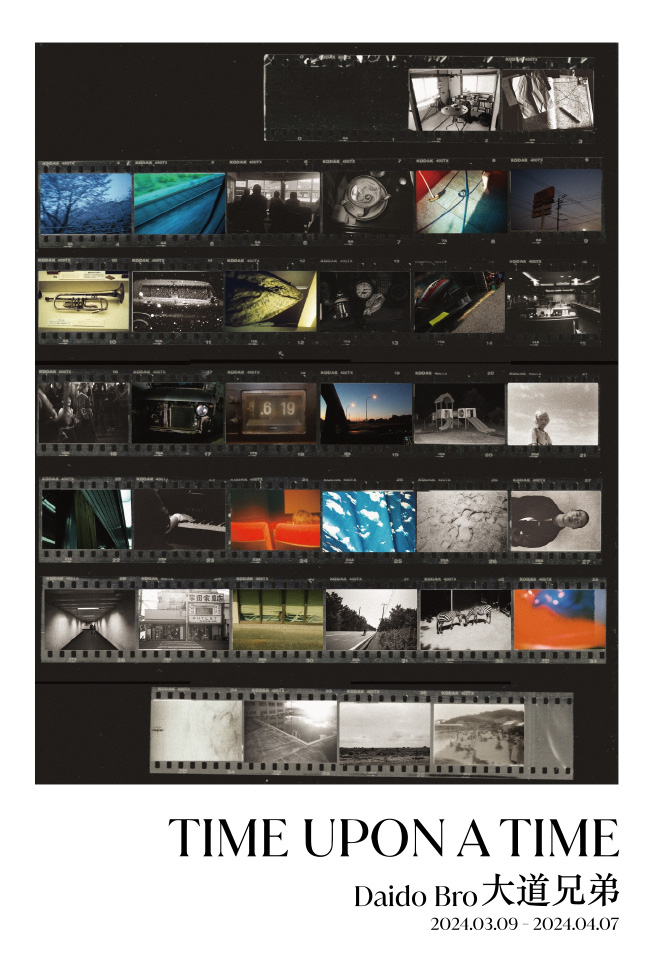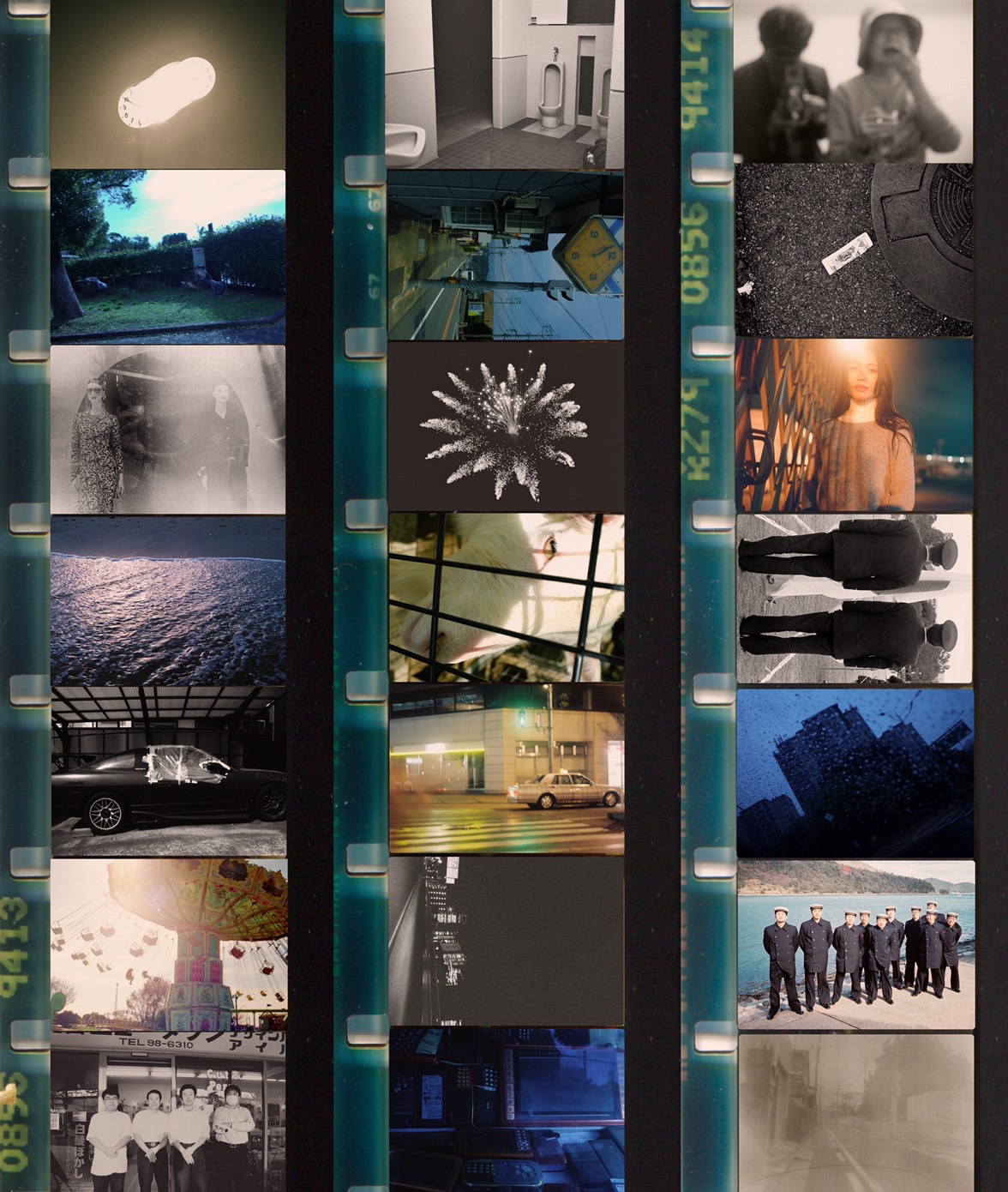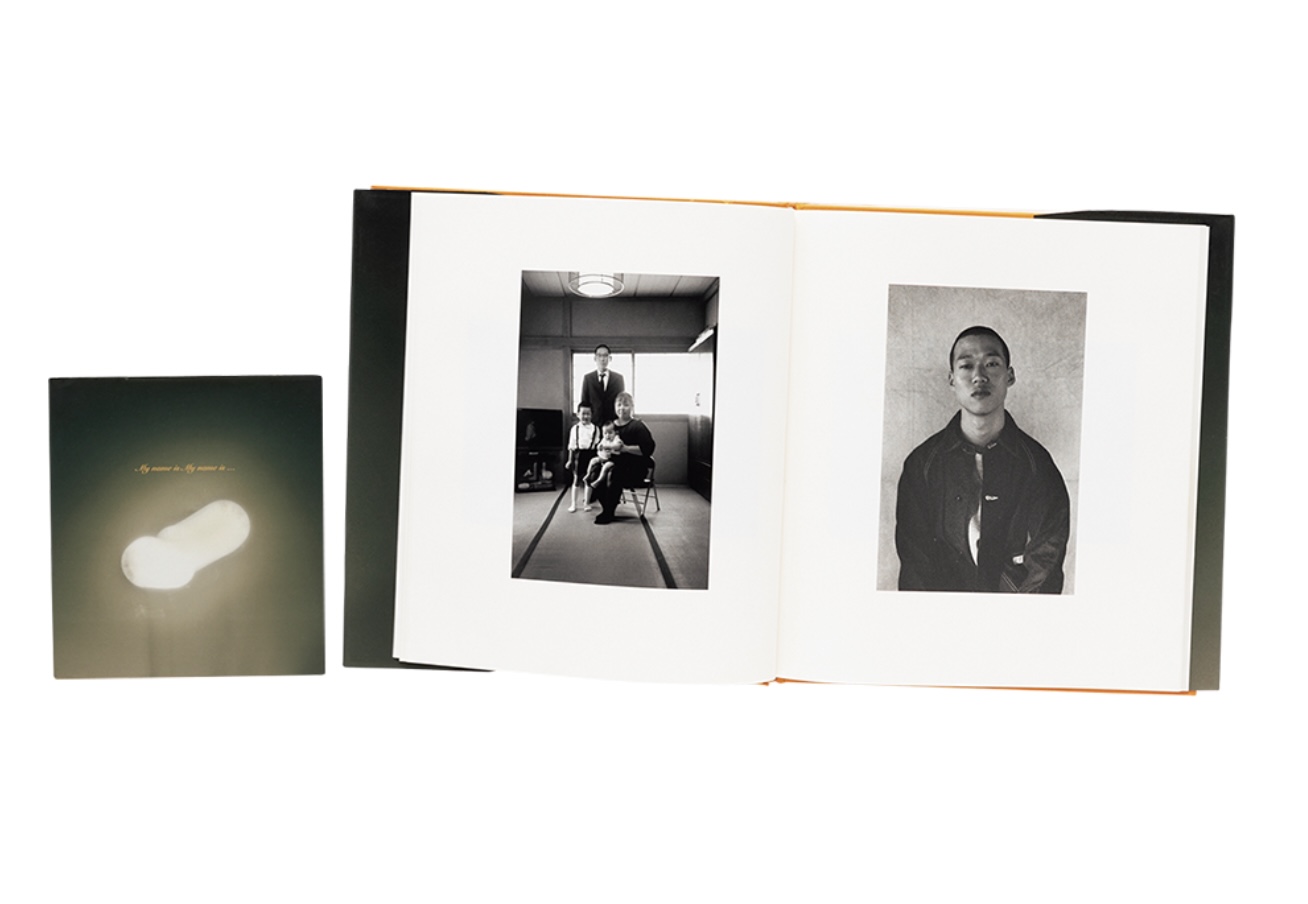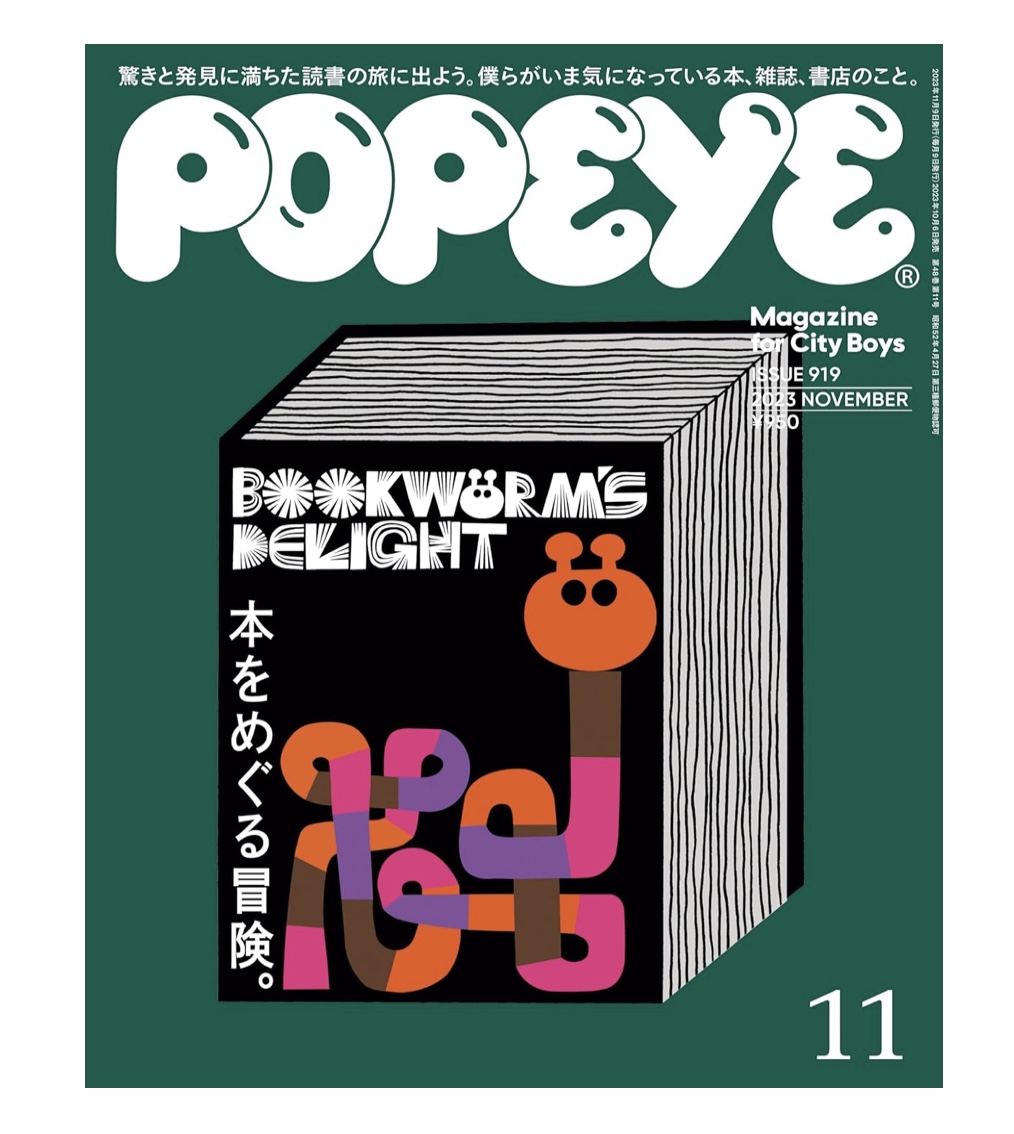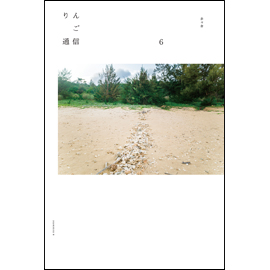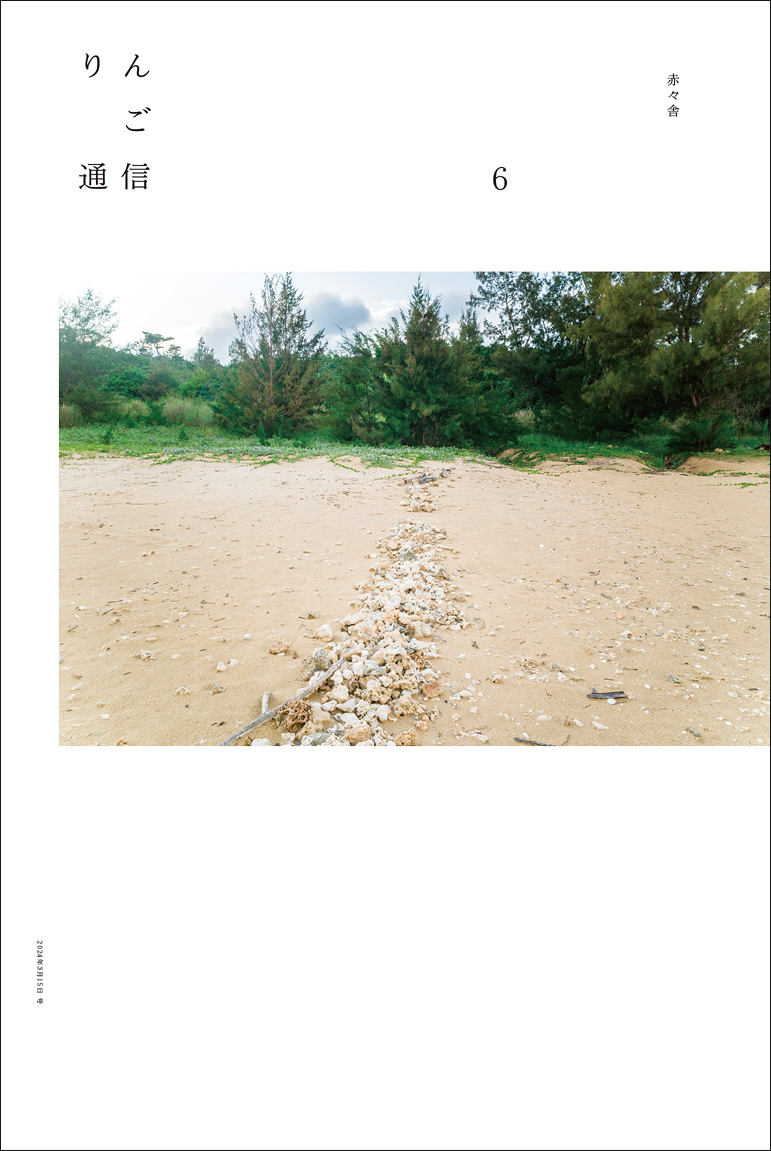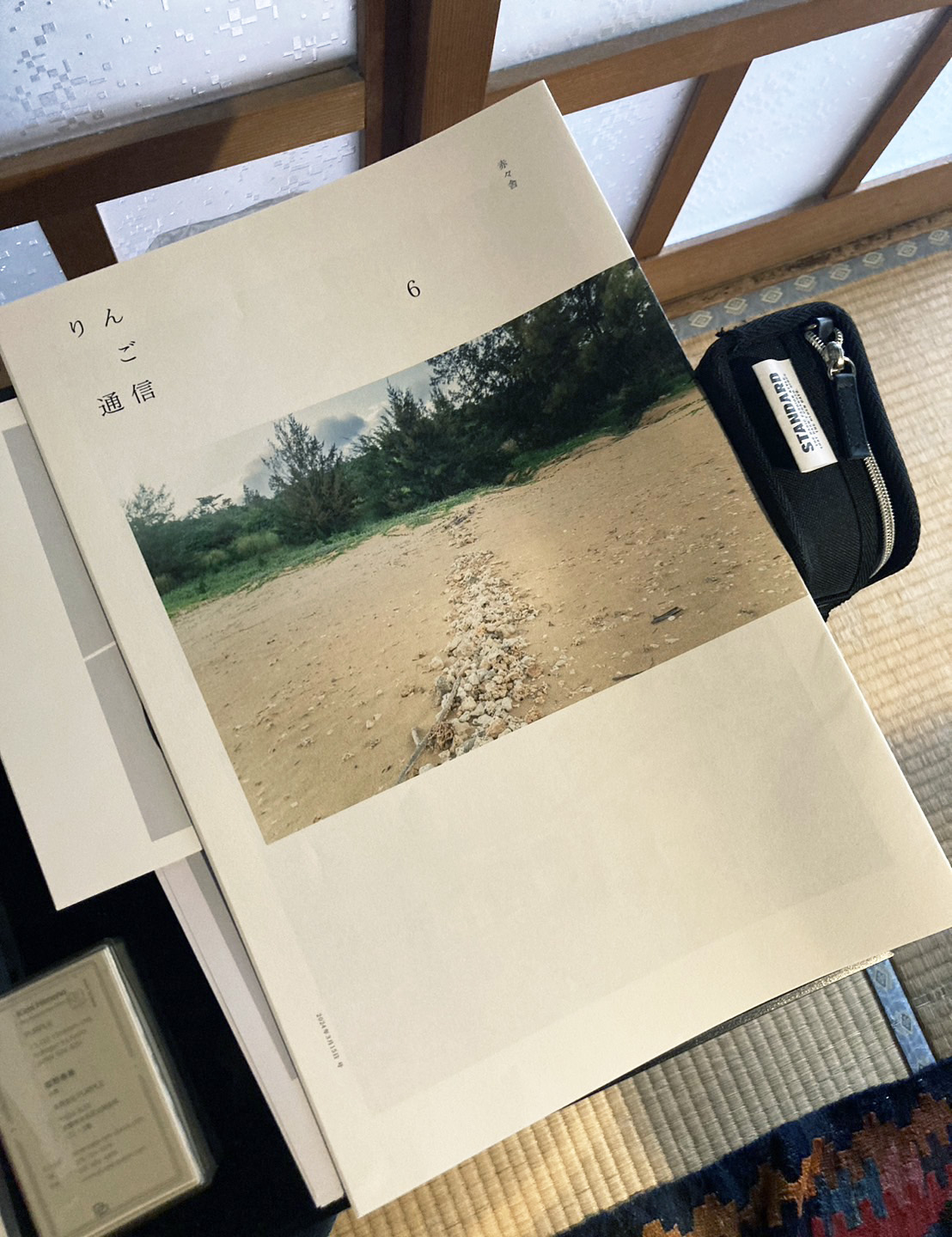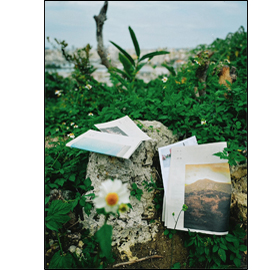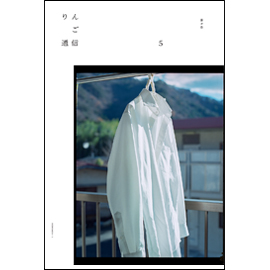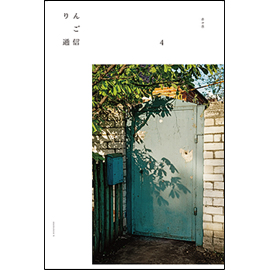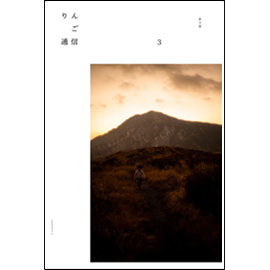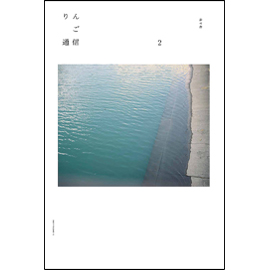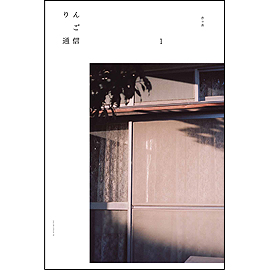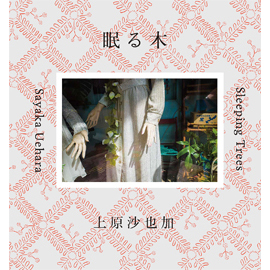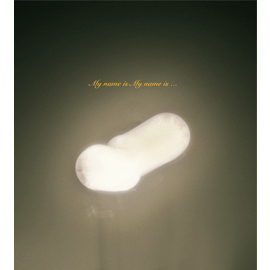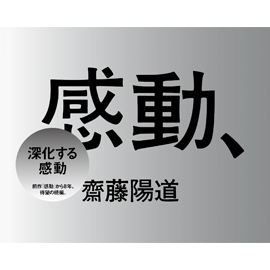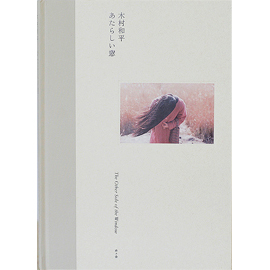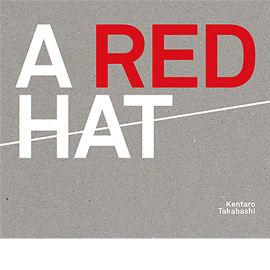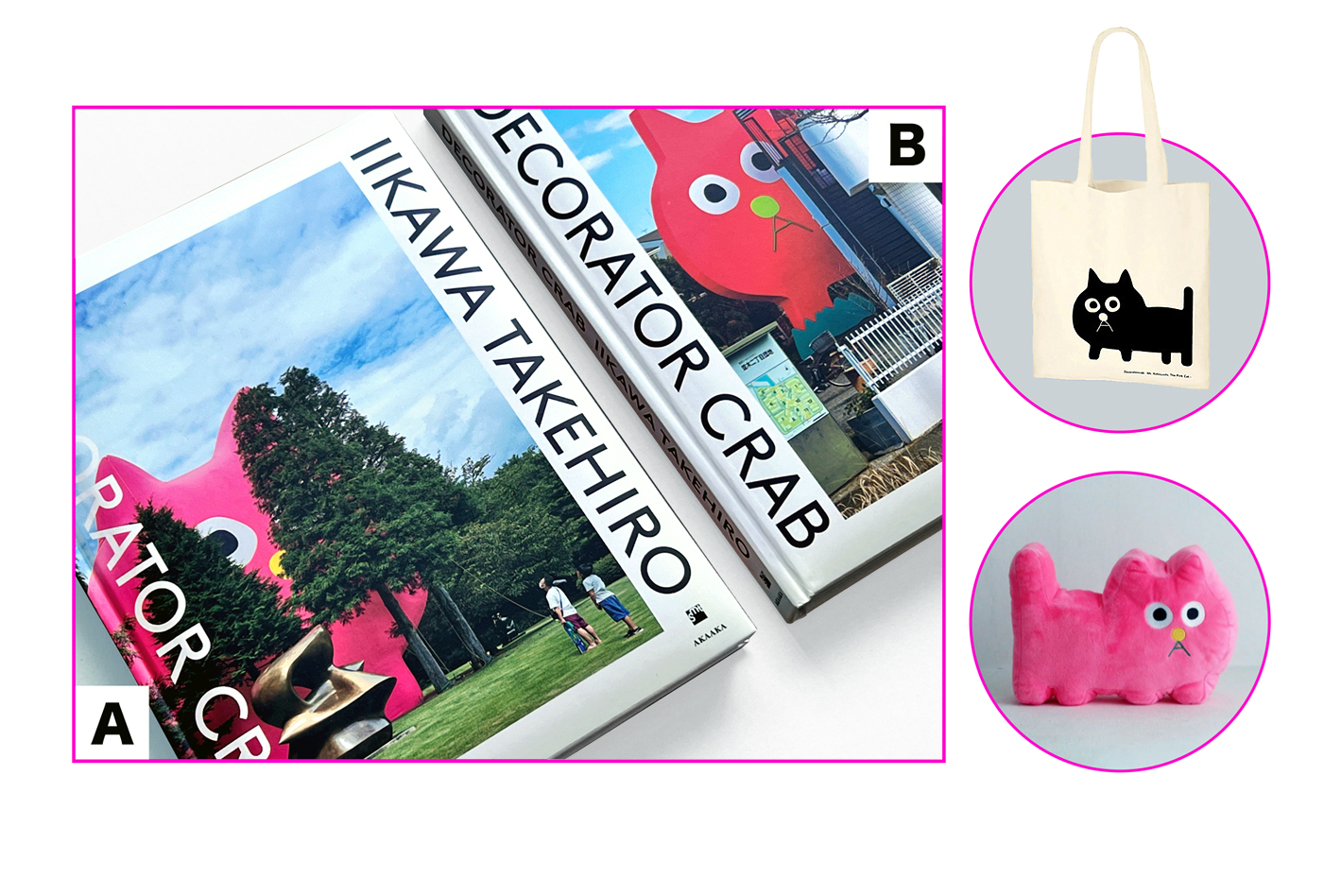
飯川雄大『デコレータークラブ』&
トートバッグ & ぬいぐるみ 3点セット 発行:赤々舎、せんだいメディアテーク Size: H303mm × W225mm Page:218 pages Binding:Hardcover (with cushion material in the cover) 2 types of covers(Same Contents) Limited:100 set(Book & Tote bag & Stuffed animal) ISBN:978-4-86541-183-6 |
¥ 10,000(tax include)
国内送料無料!
|
|---|
About Book
一筋縄ではいかない作品を生み出すアーティスト、初の本格作品集!!
【100セット限定】書籍 &《ピンクの猫の小林さん》トートバッグ & ぬいぐるみ
DECORATOR CRAB
Iikawa Takahiro
"It's not that I want to make big things." Work was moving forward on a plan to install one of the artist likawa Takehiro's key works, Decorator Crab - Mr. Kobayashi the Pink Cat, in a park in Sendai. Measuring 26 meters high, 28 meters wide, and four meters deep, the piece was equivalent in size to a normal eight-story building. Behind the superficial catchiness of the gigantic, pink, eye-catching work was a scheme to change our way of seeing and acting without us noticing. However, despite a variety of adjustments to many different aspects of the work and high expectations around its completion, the work was ultimately never realized.
In addition to attempting to understand things like the con- cept behind the Decorator Crab series, and the conditions necessary to complete these works, through images and essays, this book sets out to document a case in which a process proved impossible to execute, leading an art project to remain unrealized.
The first half of the book contains images of works based on the Decorator Crab concept that likawa launched in 2007, as well as essays by learned individuals. These deal with subjects such as how likawa's awareness of issues like vision and perception are reflected in his works, and how he came to make works that are premised on involving the viewer.
The second half traces likawa's Sendai project from the be- ginning, and the Mr. Kobayashi the Pink Cat proposal from conception until abandonment, through photographs and documents. It also sheds light on the conditions surrounding the work, which like a real cat was willful and did not behave as expected, by addressing questions such as why likawa conceived of a work of such immense size, and why it proved impossible to realize, from the perspective of both the artist and the management.
The book is intended as a collection of likawa Takehiro's works until this time and also a reference source focusing on the case of an art project designed for a public space. It is our hope that many artists and people who are considering working with artists will read it.
Sendai Art Node Project
(sendai mediatheque)
------------------------
"Contemporary public sculptures that are rooted in these conditions provoke actions in real spaces, stimulate discussion, and make an impact on viewers in virtual spaces as in the physical world."
── Kimura Eriko(Curator / Deputy Director and Chief Curator, Hirosaki Museum of Contemporary Art)
《Can Sculpture Camouflage Itself in Public Spaces? 》
"Still, as discussed earlier, the artist's expression of "Kawaii" is more complex than that. This somewhat aligns with the notion that Kawaii is not so much a plain form of art in the actual sense."
── Lee Areum(Aesthetics Researcher, Co-director of YPC SPACE [Seoul, South Korea])
《Rise of the Kawaii Monster -- Meeting Mr. Kobayashi the Pink Cat》
"Reactions to artists' seemingly preposterous ideas may serve as a barometer of a city's tolerance and vibrancy."
── Igarashi Taro(Architectural historian and critic)
《Transforming Landscape Through the Power of Imagination》
"For Iikawa and the Decorator Crab strategy of catalyzing "unforeseen encounters," impact isn't limited to the mental"massage" of viewers' immediate reactions of confusion or delight, like "How cute!" "But it's impossible to get the whole thing in one photo!" The work's appeal could also spark administrative efforts toward its materialization."
── Kai Kenji(Artistic Director, Sendai Mediatheque)
Roundtable Discussion 《Toward a Sendai Edition of Mr. Kobayashi the Pink Cat》
Contents
第1章 作品・プロジェクト 20 デコレータークラブ・ガイドブック 26 ベリーヘビーバッグ 32 衝動とその周辺にあるもの 40 ピンクの猫の小林さん 52 配置・調整・周遊 62 遠近の設計図 68 知覚を拒む 74 0人もしくは1人以上の観客に向けて 102 新しい観客 108 未来の猫のための定規 第2章 論考 114 木村絵理子 公共空間において彫刻はその存在を擬態できるか? 124 イ・アルム 「カワイイ」 怪獣の出現: 《ピンクの猫の小林さん》 と対面する 132 五十嵐太郎 想像力を通じて、 風景を変容させる 第3章 仙台でのプロジェクト記録 144 ファクトシート:プロジェクト概要 148 タイムライン 160 座談会 |《ピンクの猫の小林さん》 仙台版への道のり 180 飯川雄大 | 長い仕事 190 甲斐賢治 |「化け猫」 が街にもたらしえるもの 196 年譜 |
|
Related Exhibition
飯川雄大 個展 会期:2024年6月1日(土)〜7月7日(日) 時間:12:00〜19:00 会場:CAPSULE(東京都世田谷区池尻 2-7-12 B1) ※土日のみオープン オープニング・トーク:6月1日 17:00〜 参加無料 ゲスト:畑井恵(水戸芸術館現代美術センター学芸員)、杉原環樹(ライター) |
|
飯川雄大 参加企画展 会期:2024年6月15日(土)〜9月1日(日) 時間:11:00〜19:00 会場:東京都渋谷公園通りギャラリー(東京都渋谷区神南1-19-8) 休廊:月曜(7/15、8/12は開館)、および、7/16、8/13 休廊 |
飯川雄大 会期:2024年6月18日(火)~2024年7月21日(日) 会場: ブランチギャラリー(高松丸亀町商店街内「しごとプラザ」ショーウィンドウ /香川県高松市丸亀町13−2) |
|
飯川雄大 参加企画展 会期:2024年6月29日(土)~8月25日(日) 時間:9:00〜17:00 会場:鳥取県立博物館(鳥取県鳥取市東町2-124) 休館:7月29日(月) |
|
Artist Information
飯川雄大
Iikawa Takehiro
Born in Hyogo Prefecture in 1981; currently based in Kobe. likawa is a graduate of Seian University of Art and Design. In 2007, he began making the Decorator Crab series. His numerous works include Decorator Crab - Expecting Spectators, in which objects and spaces are transformed by the viewer's active involvement; Very Heavy Bag, a bag that appears to have been forgotten; and Decorator Crab - Mr. Kobayashi the Pink Cat, a sculpture so large that it cannot be viewed in its entirety. likawa's works provoke thought and taking a positive attitude toward chance events, which are caused by the viewer's actions.
Iikawa has many Solo Exhibitions, Group Exhibitions, Video Screenings, Residencies, and Collaborations, including "Decorator Crab - Measuring the Future, Pulling Time" (Kirishima Open Air Museum, 2023),"Decorator Crab -Occurring simultaneously or awareness being delayed" (The Hakone Open-Air Museum, 2022),"Art Lab 04: DECORATORCRAB - Expecting Spectator -" (Chiba City Museum of Art, 2021),"Yokohama Triennale 2020--Afterglow" (Yokohama Museum of Art & PLOT 48, 2020), and "Roppongi Crossing 2019: Connexions" (Mori Art Museum, 2019).
Public Collections
Hiroshima City Museum of Contemporary Art, Japan Takamatsu Art Museum, Kagawa, Japan
Awards
2023 Kobe City Cultural Encouragement Award
2022 Hyogo Prefecture Art Encouragement Award
2017 Takamine Tadasu Award, Genbi Dokodemo Kikaku Kobo 2017, Hiroshima City Museum of Contemporary Art
2002 Selected Grants And Awards 2002 "Young Video Artists Initiative"
(collaborative work with Nishihara Akira), Mori Art Museum
.

